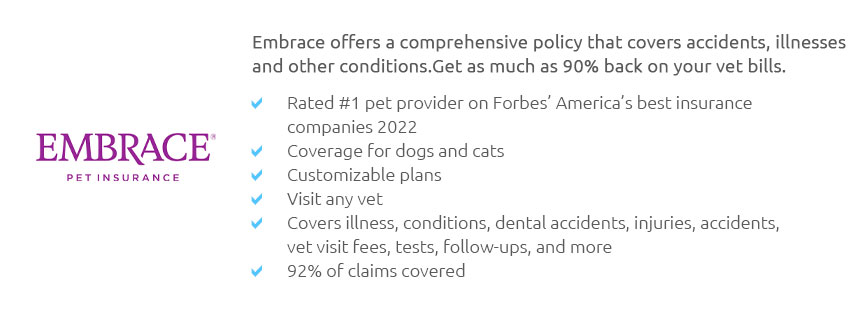 |
 |
 |
 |
 |
|
 |
|
 |
|
 |
|
 |
|
 |
|
 |
|
 |
 |
How to Select Pet Insurance: A Complete Guide for Pet OwnersChoosing the right pet insurance can be a daunting task, especially with the multitude of options available. This guide will help you understand the key factors to consider, ensuring you make an informed decision for your furry friend. Understanding Your Pet's NeedsEvery pet is unique, and so are their insurance needs. Consider the following aspects: Breed-Specific ConsiderationsCertain breeds are predisposed to specific health conditions. For instance, best pet insurance for Shih Tzu may cover conditions like hip dysplasia or breathing issues, which are common in this breed. Age and Health HistoryOlder pets or those with pre-existing conditions may require more comprehensive coverage. Assess your pet's health history to determine the level of coverage needed. Evaluating Coverage OptionsNot all pet insurance policies are created equal. Here are the types of coverage to consider:
Comparing Insurance ProvidersOnce you understand your needs and coverage options, compare different providers: Reputation and ReviewsResearch customer reviews and ratings to gauge the reliability of the insurance company. Consider reaching out to other pet owners or reading testimonials to learn about their experiences. Policy Details and ExclusionsExamine the fine print of each policy. Look for exclusions, waiting periods, and reimbursement levels. A thorough review will prevent surprises later on. Cost ConsiderationsThe cost of pet insurance can vary widely. Keep these factors in mind:
For larger breeds like Siberian Huskies, it might be beneficial to explore specific options, such as best pet insurance for Siberian Husky, which might provide tailored coverage options for their unique needs. FAQ SectionWhat does pet insurance typically cover?Pet insurance usually covers veterinary expenses related to accidents, illnesses, and sometimes routine care, depending on the policy. Is there a waiting period for pet insurance?Yes, most pet insurance policies have a waiting period before coverage begins, typically ranging from a few days to a few weeks. Can I get pet insurance for an older pet?While it may be more challenging, some providers do offer insurance for older pets. It’s important to compare policies carefully as coverage may be limited. By carefully considering these factors and comparing options, you can select a pet insurance plan that best suits your pet's needs and your financial situation. Investing in the right insurance ensures peace of mind and quality care for your beloved companion. https://www.investopedia.com/pet-insurance-5188383
A variety of factors, including your location, and the age of the pet and the type of breed, will play in part in the cost of the premium. For example, it's ... https://www.usnews.com/insurance/pet-insurance/what-is-pet-insurance
Your pet insurance coverage and cost are determined by the deductible, reimbursement rate, and annual limit you choose. Understanding your ... https://www.pawlicy.com/blog/what-is-pet-insurance/
However, not all costs in those categories often qualify for reimbursement. The type of pet insurance coverage and the company you select will determine the ...
|